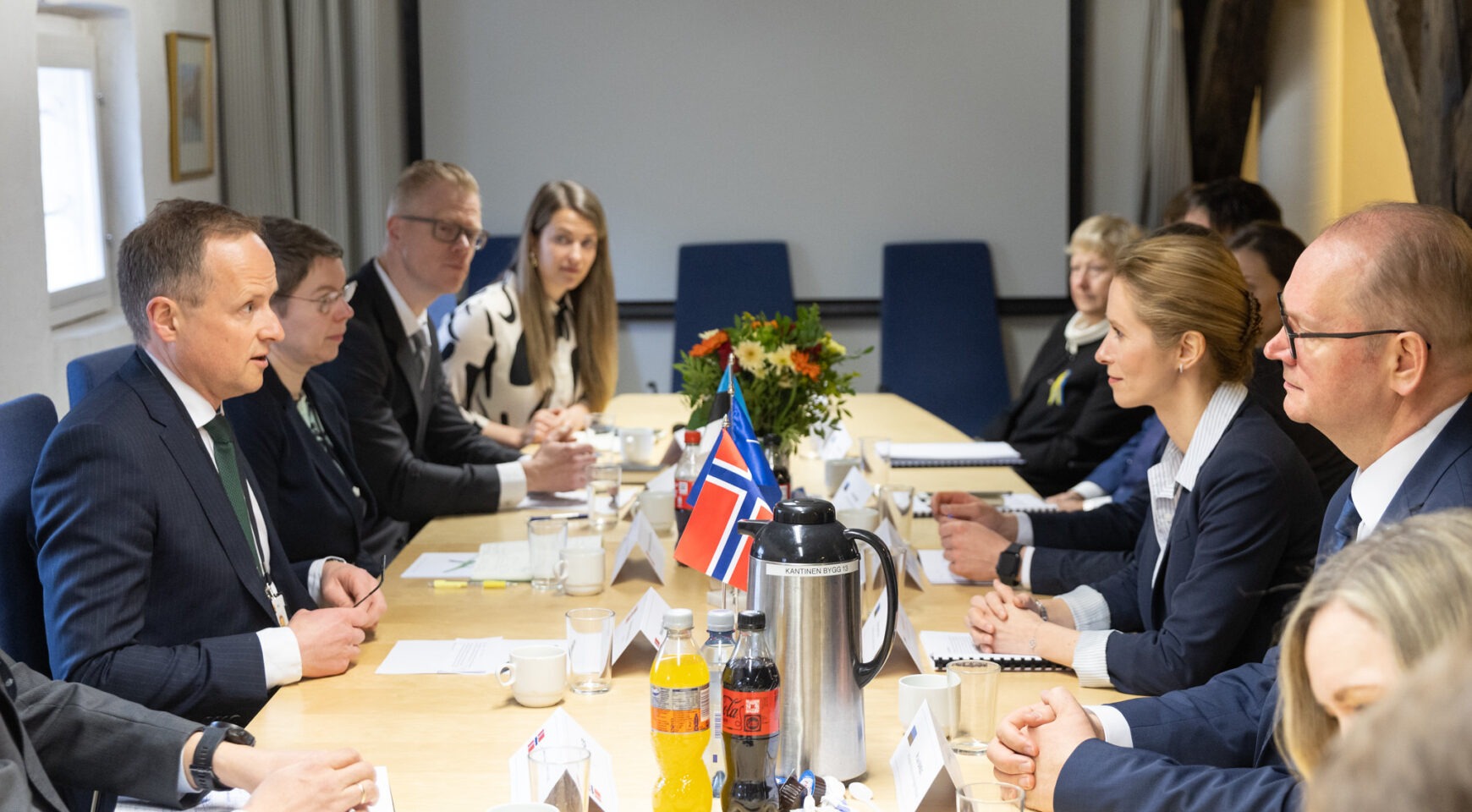Fusebox team accompanied Estonia’s Prime Minister Kaja Kallas on an official visit to Norway at the beginning of April and noticed several places where Europe’s largest electricity exports could make its energy consumption more sustainable. During the visit, various representatives of the Norwegian energy sector were met with the aim of finding opportunities for co-operation in the sector and exchanging experiences.
Fusebox manager Tarvo Õng says that the visit provided a good overview of the energy consumption situation in Norway. “Thanks to its hydropower plants, Norway is one of the largest energy producers in Europe, exporting almost 25,000 GWh of electricity in 2020. This is almost 3 times more than Estonia’s total consumption in the same year. However, Norway faces a number of technical challenges that need to be addressed.”
In Tarvo’s words the main direction in which Fusebox could help Norway is to manage electricity consumption. “Estonia is currently moving vigorously towards optimizing consumption, with the aim of maximizing the benefits for every megawatt. Considering both rising electricity prices and energy security, we have to take every opportunity to find innovative ways to balance the demand and supply of electricity,” he explained.
Demand response is not a new topic for Norway, but so far it has been done using brute force. Instead of trying to optimize demand during peak electricity consumption, the state simply puts more electricity into the system to cover the shortcomings. The downside is that such behavior raises electricity prices for end users and also results in the depreciation of electrical equipment, not to mention the negative impact on the environment.
“Demand response is also a very important issue for electric vehicles,” said Õng. “While the number of electric cars in Estonia is still modest, in Norway electric vehicles accounted for as much as 2/3 of all new cars purchased in 2021. If you can now imagine that all of these machines are charged at the same time, this would create a huge load on the electricity grid. ”
“All of this could be successfully managed through innovative solutions that will let you automatically change the electricity consumption by distributing the overall load in the grid. These are the kind of solutions we introduced to our Norwegian counterparts, highlighting many successful examples from Estonia, ”said Õng. “The transition to innovative demand response in Norway will mean better conditions not only for Norwegian consumers but will also bring down electricity prices for the Estonian people.”
Fusebox has developed a smart cloud-based power consumption optimization solution that allows both businesses and consumers to change their energy use by turning off machines or regulating their consumption in a way that reduces the net load on the power system and allows you to avoid high electricity prices. This benefits everyone because balancing consumption will bring down the energy cost for the end customers, lessens the amortization of machinery and saves on CO2 as you do not need fossil fuel generators to cover the energy deficit.
Fusebox, which started operations in 2014, is the largest demand response provider in the Baltics. We help our clients reduce their energy bills and CO2 generation through power optimization, while earning additional revenue for them through the balancing market.

